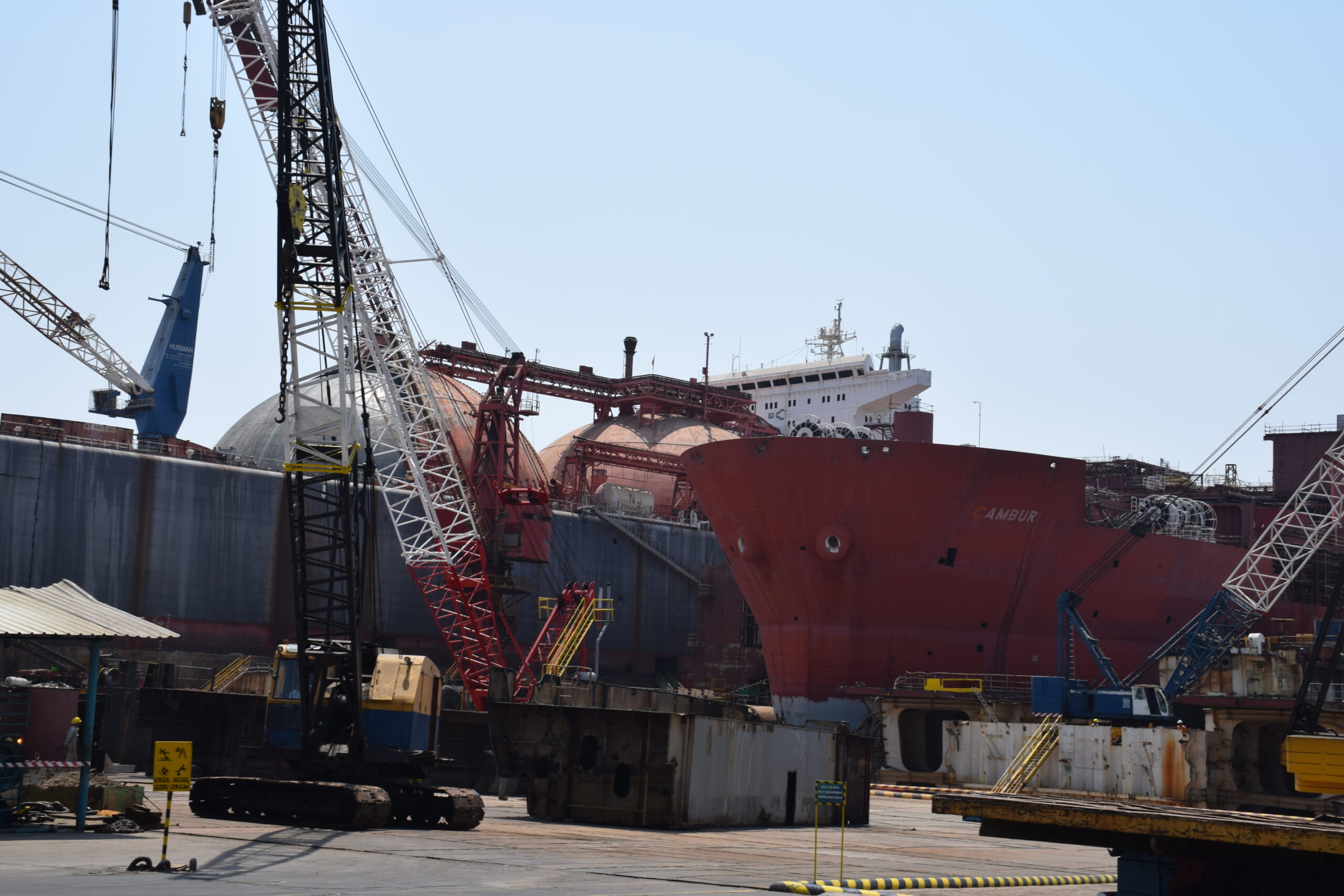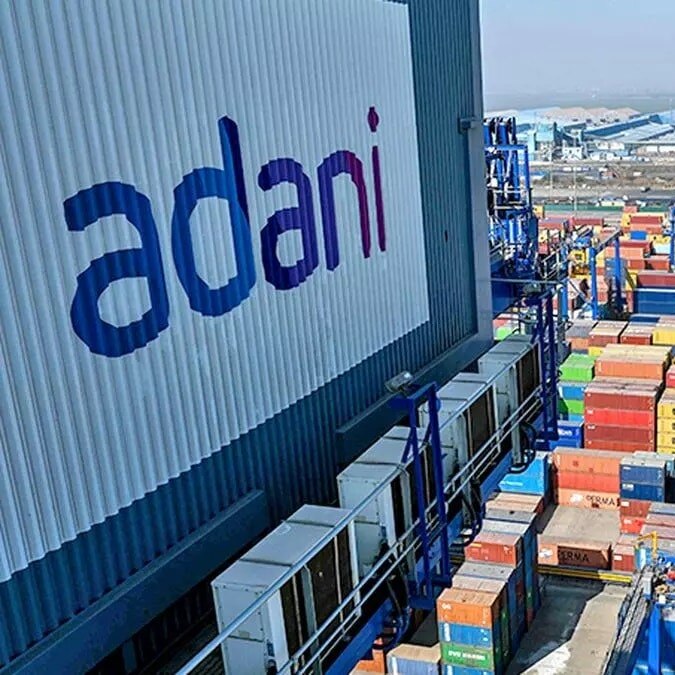China Unveils World’s Largest Floating Dry Dock: A Milestone in Maritime Engineering

YANGZHOU, China — In a remarkable demonstration of engineering prowess and rapid construction, China launched the world’s largest floating dry dock in September 2008. Built in just 416 days at a cost of 580 million Yuan (approximately $85 million USD at the time), this massive structure was delivered to the Shanghai Changxing ship repair base in October 2008, underscoring China’s growing influence in global shipbuilding and maritime technology.
Although official sources have not disclosed the specific construction company behind the project, the initiative saw substantial involvement from local government bodies, with the Mayor of Yangzhou personally attending the launch ceremony—a strong indicator of the project’s strategic importance to regional and national maritime interests.
A Titan of the Seas
The floating dry dock, officially named Zhonghai Emeishan, stands as a technological marvel. At 410 meters in length and 82 meters in width, it is currently the largest structure of its kind anywhere in the world. It boasts a moulded depth of 28 meters and a displacement of 42,000 tonnes. Most impressively, it has a lifting capacity of 85,000 tonnes, enabling it to accommodate some of the world’s largest ocean-going vessels for maintenance and repairs.
Designed specifically for operation in sheltered waters, Zhonghai Emeishan adheres strictly to international maritime conventions and classification society regulations. This makes it not only a domestic achievement but one that meets global standards for marine infrastructure.
Engineering Innovation at Its Core
The dry dock’s design incorporates numerous innovative features that distinguish it from conventional maritime repair facilities. Key among these are its massive wing walls and sturdy pontoon deck, which provide critical buoyancy and stability. These structural components are complemented by connecting towers that enhance the dock’s overall strength, allowing it to safely bear the immense loads associated with large-scale ship repairs.
Flexibility is a hallmark of Zhonghai Emeishan’s design. It is capable of servicing a broad spectrum of vessel types—from bulk carriers and container ships to oil tankers and passenger liners. This adaptability is vital to the Shanghai Changxing ship repair base, one of the busiest repair hubs in East Asia, allowing it to meet growing global demand for maritime maintenance.
Automation and Safety
One of the most notable aspects of the floating dock is its advanced automation. From lifting operations to safety monitoring, the entire structure is integrated with cutting-edge hydraulic and control systems. These systems are not only crucial for precision lifting and lowering of massive vessels but also for maintaining operational safety—a key concern when handling vessels worth hundreds of millions of dollars.
The dry dock is outfitted with state-of-the-art sensors and monitoring technology that provide real-time data on stress loads, water levels, and structural integrity. This allows for continuous surveillance and automated adjustments during operations, significantly reducing the risks typically associated with dry docking large ships.
In addition to automated systems, the dock incorporates robust mooring and towing mechanisms, designed to withstand severe environmental conditions in coastal harbors. It is also equipped with cathodic protection systems to prevent corrosion—an essential feature that helps extend the structure’s operational life in saltwater environments.
A Symbol of China’s Maritime Ambitions
The construction and successful launch of Zhonghai Emeishan underscore China’s ambition to become a leader in the global maritime industry. Over the last two decades, the country has invested heavily in port infrastructure, shipbuilding, and repair technologies. This dry dock, in particular, represents a major leap forward not just in terms of scale but also in engineering sophistication.
Yangzhou, the city where the structure was assembled, has emerged as a significant player in China’s shipbuilding network. The participation of the municipal government and presence of the Mayor at the launch highlight the local pride and strategic importance associated with the project.
For China, such infrastructure projects serve multiple purposes: boosting economic development, showcasing technological capability, and expanding its influence in global shipping lanes. Given the rising global demand for efficient and reliable ship repair facilities, Zhonghai Emeishan is likely to play a pivotal role in attracting international maritime business to Chinese shores.
Looking Ahead
As international shipping continues to expand and evolve, the demand for versatile, high-capacity repair facilities like Zhonghai Emeishan will only increase. With its record-breaking size, cutting-edge technology, and rapid construction timeline, this floating dry dock sets a new benchmark for the industry.
In the coming years, it is expected that China will continue to push boundaries in maritime infrastructure, driven by both market demand and national strategic goals. Zhonghai Emeishan is not just a dry dock—it is a floating symbol of China’s engineering capability and maritime aspirations.
Author: shipping inbox
shipping and maritime related web portal








